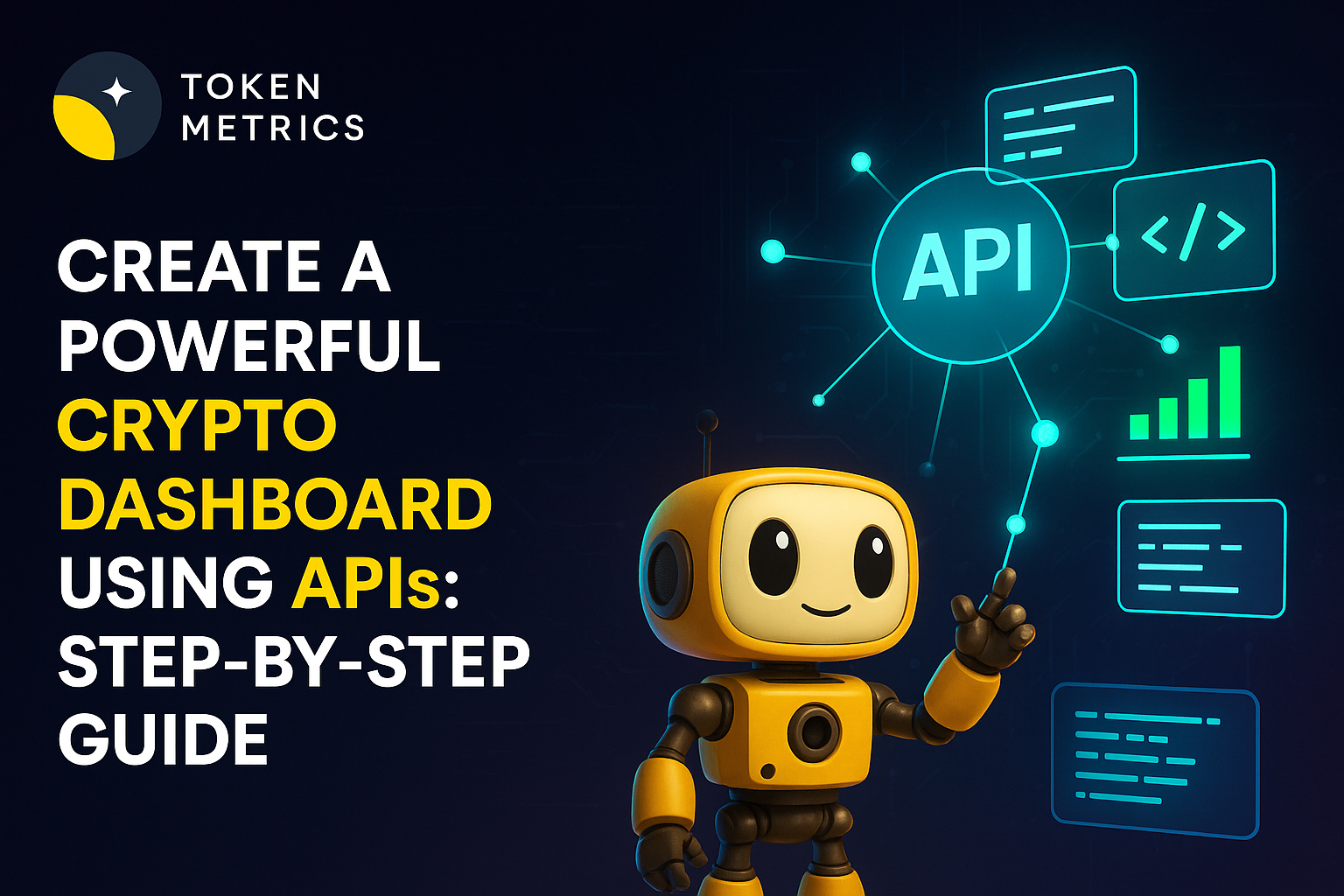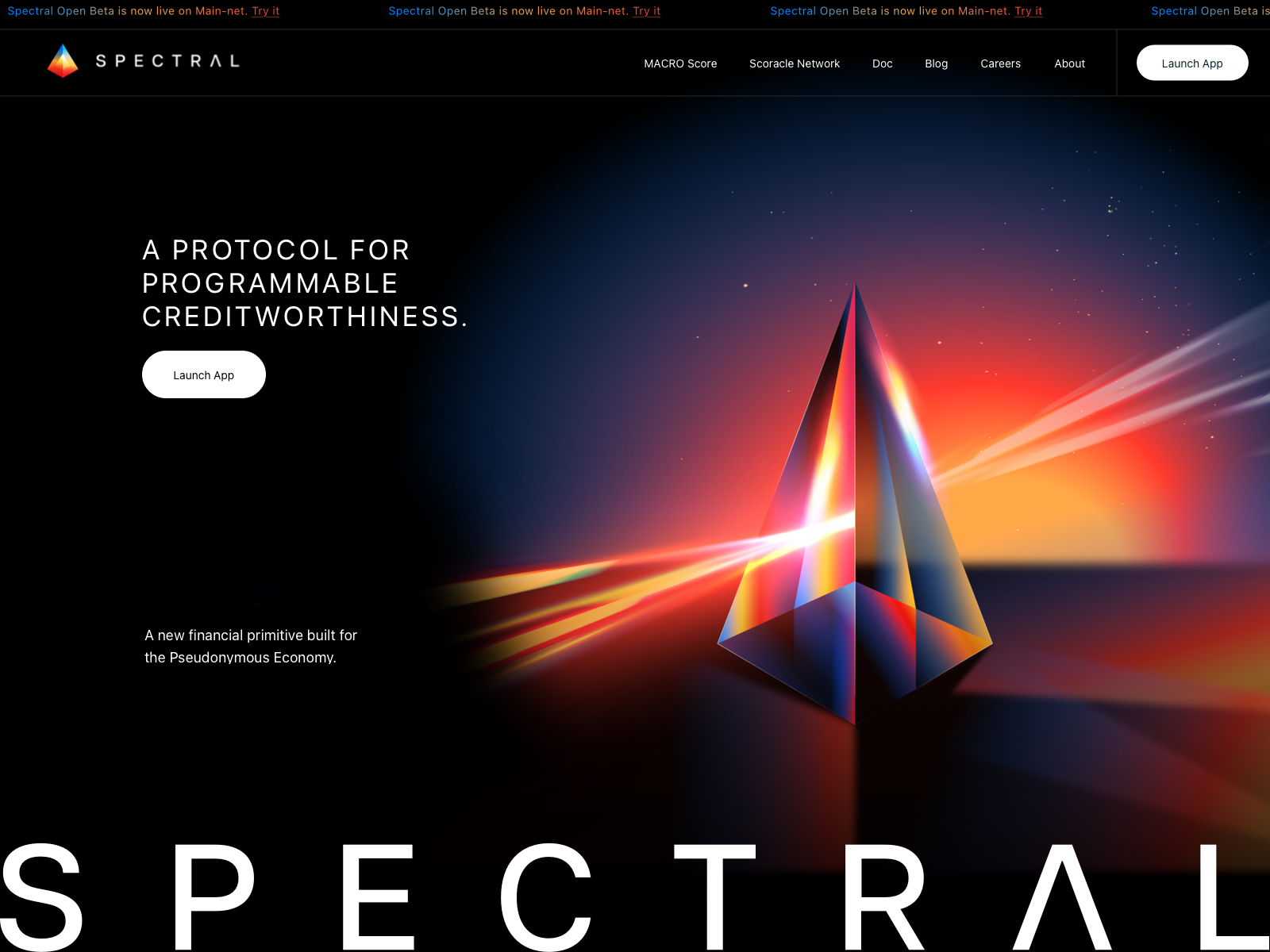
For years, decentralized finance (DeFi) lending protocols have relied on over-collateralization as the bedrock of risk management. Borrowers typically must lock up assets worth more than their loan value, limiting both capital efficiency and access for users who lack significant crypto holdings. This model, while secure for lenders, has left a vast segment of potential borrowers underserved and slowed the flow of liquidity through DeFi markets.
On-Chain Risk Scores: The Key to Unlocking Under-Collateralized Loans
On-chain risk scores are rapidly transforming this landscape by enabling under-collateralized loans in DeFi. These scores assess borrower creditworthiness using transparent blockchain data – everything from wallet transaction history and repayment patterns to protocol interactions and even participation in governance. By leveraging the immutable nature of blockchain records, these systems sidestep the need for traditional credit checks and bring a new level of transparency to risk assessment.

Unlike legacy finance, where opaque algorithms and third-party agencies dominate credit decisions, on-chain risk scoring empowers both lenders and borrowers with real-time, verifiable data. As Cred Protocol notes, this approach can expand DeFi lending access to individuals and communities previously excluded from traditional financial systems.
How Protocols Use On-Chain Data for Lending Decisions
The practical application of on-chain risk scores is already visible across several leading DeFi protocols. For example:
How Top DeFi Protocols Use On-Chain Data for Under-Collateralized Loans
-

Cred Protocol creates decentralized credit scores by analyzing users’ on-chain activity—including transaction history and repayment behavior—to assess lending risk. This enables more inclusive DeFi lending, especially for underserved communities. Learn more
-

Spectral offers the Multi-Asset Credit Risk Oracle (MACRO) score, which evaluates on-chain transaction data to generate a credit score similar to a FICO score. Lenders use this score to determine loan eligibility and collateral requirements, paving the way for under-collateralized lending. Learn more
-

ARCx provides a DeFi Credit Score that aggregates on-chain data to influence loan-to-value (LTV) ratios. Borrowers with higher scores can access loans with lower collateral requirements, increasing capital efficiency for both lenders and borrowers. Learn more
Each protocol takes a nuanced approach:
- Cred Protocol generates decentralized credit scores that quantify user lending risk based on repayment history and wallet activity.
- Spectral‘s Multi-Asset Credit Risk Oracle (MACRO) score analyzes transaction patterns to facilitate more accurate borrower assessments.
- ARCx‘s DeFi Credit Score influences loan-to-value ratios so users with higher scores enjoy lower collateral requirements.
This dynamic risk assessment allows platforms to match borrowers with appropriate pools based on their score tiers. For instance, RociFi routes users through levels that range from uncollateralized to partially collateralized options depending on their composite score – which may include fraud checks and decentralized identity (DID) verification (source).
The Market Impact: Liquidity, Inclusion, and Capital Efficiency
The implications are enormous. As highlighted in recent research, “onchain credit scores will bring trillions of dollars to DeFi” by unlocking untapped liquidity and inviting new participants into the ecosystem. By reducing or eliminating collateral requirements for trustworthy borrowers, these systems boost capital efficiency – funds that would otherwise sit idle as security can now be put to productive use.
This shift also enables greater financial inclusion: users who lack substantial crypto holdings but have demonstrated responsible on-chain behavior can now access loans previously out of reach. Real-world asset tokenization further expands possibilities by providing stable forms of collateral supported by robust blockchain-based credit histories (source).
However, the full promise of under-collateralized loans in DeFi depends on how protocols address several key challenges. First, while on-chain risk scores are powerful, they are limited to what is visible on public ledgers. Many borrowers may have strong off-chain credit histories or income streams that remain invisible to blockchain analytics. Integrating off-chain data through decentralized identity (DID) solutions and privacy-preserving oracles is an emerging frontier that could further refine crypto credit scoring.
Second, the transparent nature of blockchain raises questions about user privacy. Borrowers may be reluctant to have every financial move scrutinized on-chain, especially as these scores become more widely adopted. Protocols are experimenting with zero-knowledge proofs and selective disclosure tools to balance transparency with personal data protection.
Standardization and Risk Mitigation: Building Trust Across DeFi
One of the biggest hurdles for industry-wide adoption is the lack of standardized risk models. Different protocols use distinct methodologies, which can make it difficult for lenders and institutional participants to compare risk profiles across platforms. Industry groups and technical alliances are now working toward interoperable frameworks for blockchain risk assessment, aiming to create a common language for DeFi lending markets.
For lenders, robust risk management remains essential. Even with advanced scoring models, the possibility of default cannot be entirely eliminated, especially in volatile crypto markets. Protocols often incorporate dynamic interest rates, insurance pools, or liquidation mechanisms as additional backstops.
The market’s rapid evolution also brings regulatory uncertainty. As under-collateralized lending scales up, compliance with local and international financial laws will become increasingly important for both protocols and users.
What’s Next: A New Era for DeFi Lending
The convergence of on-chain analytics, decentralized identity, and tokenized real-world assets signals a new era for DeFi lending. On-chain risk scores not only unlock broader access but also set higher standards for transparency and accountability in crypto credit markets.
As these systems mature, expect a wave of innovation, from composable credit primitives that plug into any protocol to cross-chain reputational scores that travel with your wallet wherever you go. The vision is clear: a more inclusive financial system where anyone can build trust, and access capital, based solely on their verifiable actions rather than legacy gatekeepers.
The journey toward mainstream adoption will require ongoing collaboration between developers, users, regulators, and researchers. But the momentum is unmistakable: under-collateralized loans powered by on-chain risk scores are already reshaping how value circulates in decentralized finance, making it more efficient, equitable, and open than ever before.





